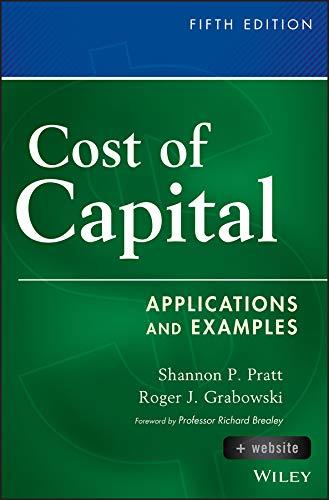
When he turned 42, Jim started to contribute to his retirement account by making an annual deposit of $2500, which is matched by his employer by 150% _in an ordinary annuity bearing 94 % interest, compounded semiannually. 11. How much will he have available for him when he retires at 65? 12. If Jim wishes to have a total of $600,000 in his IRA when he retires, how much should be his own annual contribution? Consider the same () and (n) of question# 11. 13. How much should be his employer's share of annual contribution? 14. Suppose that Jim's contribution is $2000 but matched by his employer as double, this time (two for one). Also suppose that Jim's goal is to accumulate half a million dollar in his IRA. At what age should he retire to achieve that goal, given that his account bears 10% interest, compounded semiannually? 15. Instead of an ordinary annuity, suppose Jim is having an annuity due, how much will he have available for him when he retires at 65? (r, n, and A would be the same as in #11 above) 16. Still, Jim has an annuity due. How much should be his own annual contribution? (r. n. and FV would be the same as in #12 above) 17. How much should be his employer's share of annual contribution? (r, n, and FV would be the same as in #12 above) 18. Still, Jim has an annuity due. At what age should his retirement be to achieve that goal, given that his account bears 10% interest compounded semiannually? (r, A. and FV would be the same as in #13 above) When he turned 42, Jim started to contribute to his retirement account by making an annual deposit of $2500, which is matched by his employer by 150% _in an ordinary annuity bearing 94 % interest, compounded semiannually. 11. How much will he have available for him when he retires at 65? 12. If Jim wishes to have a total of $600,000 in his IRA when he retires, how much should be his own annual contribution? Consider the same () and (n) of question# 11. 13. How much should be his employer's share of annual contribution? 14. Suppose that Jim's contribution is $2000 but matched by his employer as double, this time (two for one). Also suppose that Jim's goal is to accumulate half a million dollar in his IRA. At what age should he retire to achieve that goal, given that his account bears 10% interest, compounded semiannually? 15. Instead of an ordinary annuity, suppose Jim is having an annuity due, how much will he have available for him when he retires at 65? (r, n, and A would be the same as in #11 above) 16. Still, Jim has an annuity due. How much should be his own annual contribution? (r. n. and FV would be the same as in #12 above) 17. How much should be his employer's share of annual contribution? (r, n, and FV would be the same as in #12 above) 18. Still, Jim has an annuity due. At what age should his retirement be to achieve that goal, given that his account bears 10% interest compounded semiannually? (r, A. and FV would be the same as in #13 above)







